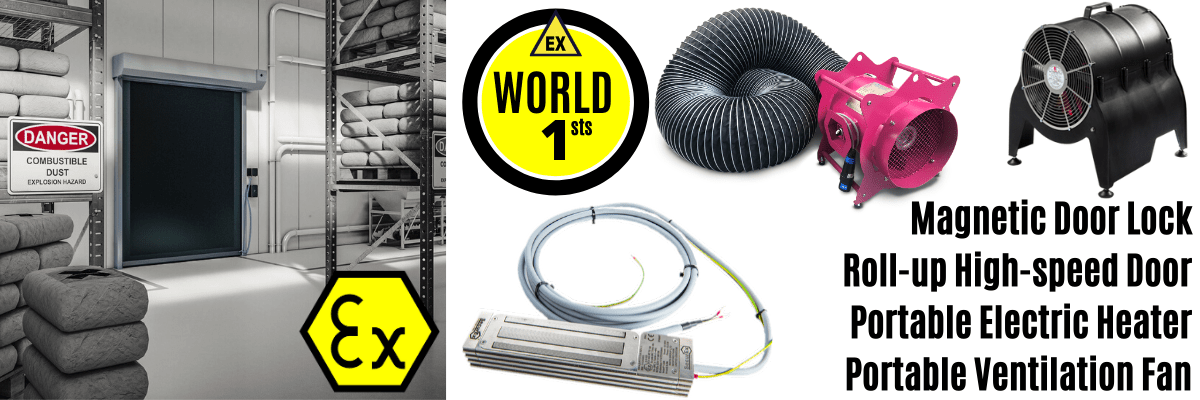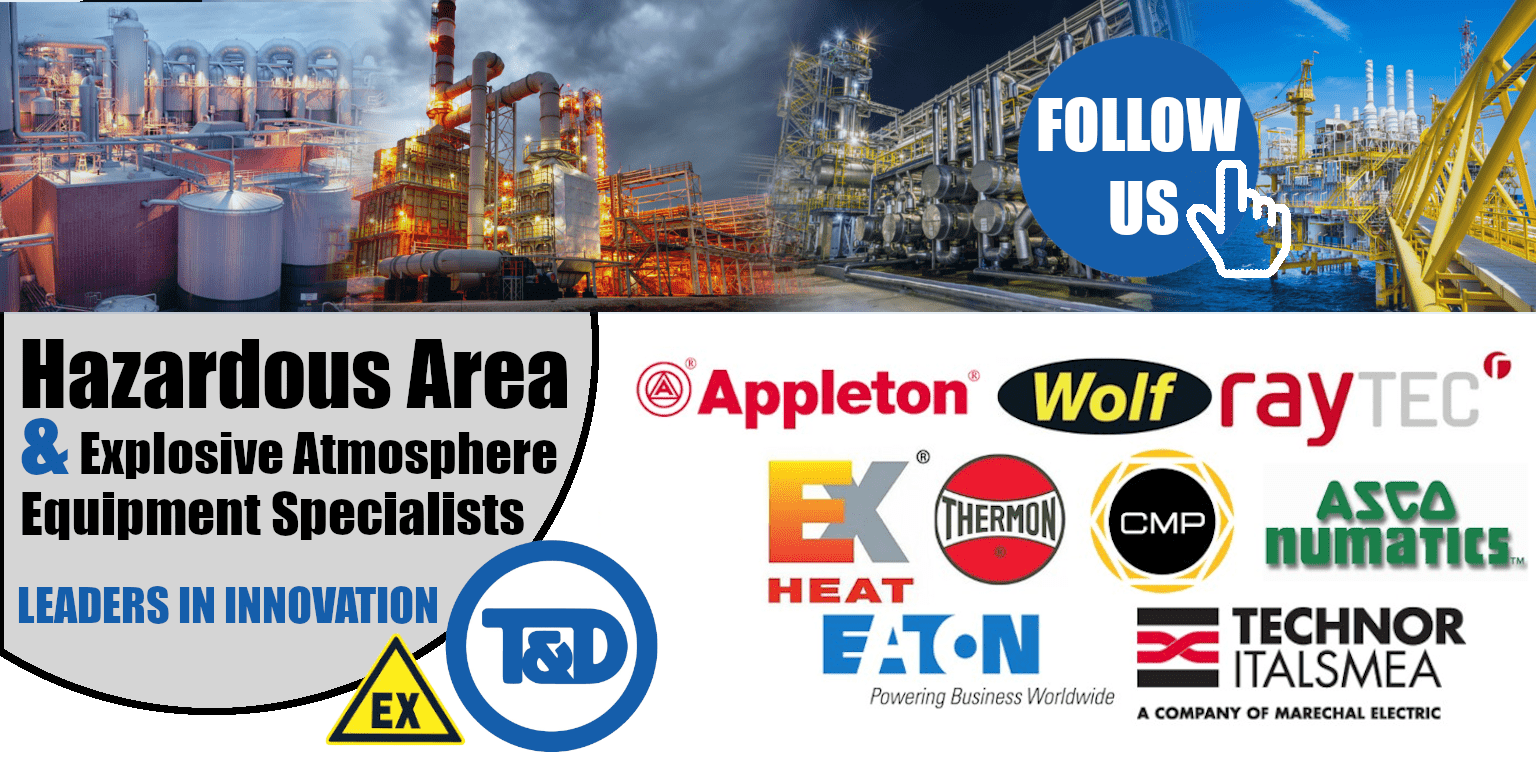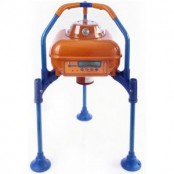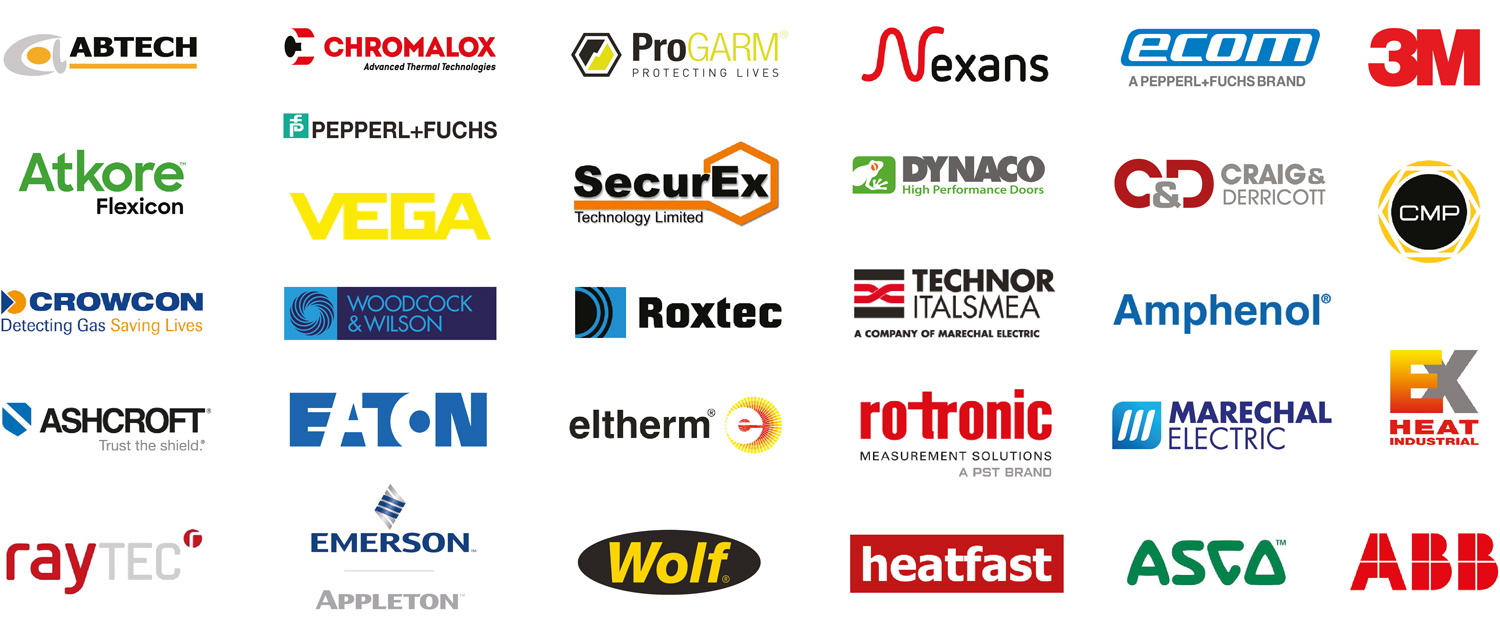Hydrogen Sulphide Gas Detection – H2S Is A Toxic Gas Risk, Not Just A Bad Smell
Published 13 Mar 2017

- By Chris Dodds : estimated reading time 8 minutes
Exposure to hydrogen sulphide (H₂S) gas is a serious risk to people, even at low levels.
Portable gas detectors and fixed gas detectors from leading manufacturers such as Crowcon and Drager, provide a gas monitoring solution alerting the worker to the danger and preventing accidents or even death.
Hydrogen sulphide gas (H₂S) has a very distinctive smell – everyone has experienced the rancid stink bomb or rotten egg smell at some point.
H₂S can be a man made by-product and is commonly found in the refining of crude oil and the processing of “soured” natural gas. Other names for H2S include sewer gas, stink damp, swamp gas and manure gas.
The gas is also a by-product of the bio degeneration of organic matter posing a particularly high risk to those working in the sewage treatment industry.
in the sewage treatment industry.
H₂S can be deadly if workers are exposed to certain concentrations of the gas – it is not an option to rely on a person’s sense of smell when it comes to Health & Safety and the protection of life.
This is why portable and fixed gas detectors are used to protect people from the risk.
In one incident, three workers lost their lives whilst working on an oil transfer line in a corrosion coupon pit. A 4th worker was critically injured and air lifted to hospital – the cause of death was cited as exposure to a lethal concentration of H₂S gas.
Why is Hydrogen Sulphide Gas So Dangerous?
H₂S is a flammable gas when in high concentrations. However this is not the main danger. Just like CO₂, it is a toxic gas and poses a risk even at low exposure levels:-
- 2-5PPM – Nausea & Headaches
- 20PPM – Fatigue, Headaches, Loss of Memory, Dizziness
- 1000 – 2000PPM – Instant Death
- PPM Parts Per Million
Ironically, one of the side effects of exposure to H₂S gas is depletion of the sense of smell meaning workers exposed to the gas may inadvertently continue to work despite initially being exposed to the “rotten egg” smell.
H₂S is heavier than air and therefore will sink to the floor meaning working in confined spaces like shafts or trenches is particularly dangerous.
Workers can be exposed to hydrogen sulphide gas in numerous process industries including mining, paper mills, iron smelting, petroleum refining and sewage treatment works.
Even low concentration levels of H₂S can be toxic if individuals are subjected to the gas for an extended period of time leading to fatigue, pulmonary edema, loss of consciousness and even death.
Occupational exposure to hydrogen sulphide typically occurs in oil, gas and petrochemical industries as the by-product of coke (blast-furnacing).
The warning signs of H2S exposure are easy to recognise with many parts of the body being affected. Eye irritation will occur with physical soreness, light sensitivity and pain experienced when viewing or looking towards a bright light; commonly known as ‘Gas Eye’.
Other symptoms include breathing irritation such as sore naval passages, a burning sensation on the lungs, headaches, confusion and nausea. The real danger with H2S is that it can kill at reasonable low levels.
Managing Hydrogen Sulphide In The Offshore Work Environment
Hydrogen sulphide is considered a broad spectrum poison and as such it can poison several systems in the body, however the most severely affected are the nervous and respiratory. 
In addition to being toxic, H2S is highly flammable and therefore presents an extra risk in the offshore environment.
The gas is heavier than air and tends to accumulate in low lying areas, rapidly destroying the sense of smell which would be a first stage indicator of the presence of H2S. Hydrogen sulphide is toxic at breathable concentrations between 500-1000ppm however death is not instantaneous.
At concentrations of 1000ppm and above however, the lethal effects are much more instant as this causes strong stimulation of the central nervous system and rapid breathing, leading to a total loss of breathing.
The Health & Safety Executive (HSE) states that 800ppm is the generally accepted lethal concentration for 50% of an exposed human population for 5 minutes exposure to hydrogen sulphide gas. On an offshore installation, standards recommend a 3 tier approach to gas detection that are similar to the flammable hazardous area classification arrangements.
The three tiers of gas safety are classified as:
Category 0 – Areas where H2S will be present during normal working operations, such as confined spaces or vessels.
Category 1 – Areas in which H2S may be encountered during normal working operations. Entry is only allowed with a portable gas detector and fixed gas detection is recommended.
Category 2 – Areas which are free from H2S during normal operations but could be contaminated by a gas leak or equipment malfunction.
Gas detection installations in offshore environments typically operate with an alarm and action at least 20% and 50-60% LEL however some duty holders will operate their hydrocarbon detection systems at 10% and 25% LEL to provide a more sensitive system – it is recommended to operate hydrocarbon gas detection systems at the more sensitive values.

Crowcon X-Gard provides a fixed gas detection solution in the offshore oil and gas industry.
The Solution – Gas Detectors to Monitor H₂S & How To Reduce The Risks
Fixed gas detectors for H₂S are suitable for larger areas such as plant rooms where numerous detectors can be networked to a master control panel. In the event of H₂S reaching the preset exposure limit, visual and audible alarms will activate to alert the workforce to the danger.
The Crowcon Xgard and the Crowcon TXgard Plus can both be used for H₂S gas detection and offer a fixed, permanent detection solution.
Portable gas detectors for H₂S can also be used for personal protection and are especially useful when working in confined spaces. Easy to use, operated simply by one button and easily attachable to the workers clothing. Portable gas detectors offer a safe monitoring solution alerting the user when preset levels of gas/gases are detected.
For portable Hydrogen Sulphide detection solutions, the Crowcon Gasman and Crowcon Gas-Pro PID both offer an effective solution.
Reducing The Risk Factors Of H2S Gas In The Workplace
Reducing the risks of Hydrogen Sulphide poisoning in the workplace is a key responsibility and can be managed by following these points:
- Monitoring – By providing H2S monitors, gas levels can be managed and action taken when they reach potentially harmful levels. Where there is a risk of Hydrogen Sulphide exposure, it is vital to have adequate gas detection facilities in place.
- Training and education – Workers must be educated to the dangers of H2S exposure, how to prevent and recognise H2S poisoning and how to effectively operate breathing apparatus.
- Ventilation – Where practical, effective ventilation should be installed to reduce the levels of H2S and the potential threat posed to staff.
- Storage – Any cylinders containing H2S should be clean, isolated and stored in a shaded and well ventilated area.
- Confined space precautions – Any confined spaced must be tested, ventilated and deemed safe for use before any workers can enter.
- Worker attitude – Workers are more likely to be harmed if they are unaware of the risks of H2S or become lax about their safety. This cements the need for thorough training and education about the dangers of this gas.
- Regular maintenance – In order to reduce the risk posed by H2S, regular maintenance of drums, pipes, valves and containers must be carried out.
- Emergency plans – An emergency action plan must be put in place where workers are trained to used emergency exits and equipment. This procedure must be practiced periodically to maintain standards and educate any new members of staff.
Useful information and guidance on H₂S gas detection and monitoring can be found at:-
Managing Hydrogen Sulphide Offshore
ISO1014: 2003 Petroleum & Natural Gas Industries
HSE EH40/2005 – Workplace Exposure Limits
Thorne and Derrick International are able to provide a wide range of Gas Detectors to monitor H₂S gas many other dangerous toxic and flammable gases – for more information or to discuss your requirements please contact us.
More gas detection Reading
- Hydrogen Sulphide H2S Gas Detection – See How Crowcon Detects H2S Gas Levels
- Hydrogen Sulphide Gas Detection In Refining & Hazardous Area Industries
- Methane Gas Detection – Know The Risks & Detect The Danger
- Ammonia Gas Detection – NH3 Gas Dangers & Detectors
Flame, Heat, Gas Detectors & Detection Systems
![]()
Hazardous area industries including offshore oil/gas platforms and FPSOs, onshore oil refineries, processing plants, pipelines, storage farms and LPG/LNG plants all utilise or produce a wide range of hazardous flammable liquids and gases that can be detected using correctly specified flame and gas detectors.
Detecting toxic and flammable gases requires the detectors to be classified and certified according to the specific IECEx or ATEX standard – we distribute flame and fire detectors manufactured by Spectrex to operate in the harshest environmental conditions including self-contained stand-alone devices designed for direct connection to control and alarm systems or automatic fire extinguishing systems.
Our range of Hazardous Area Fire & Gas Detection System products also includes Explosion Proof Warning Systems & Hazardous Area Lighting – comprehensive range of intrinsically safe, flameproof and explosion proof alarm sounders, sirens, bells and horns, loudspeakers and beacons.
♦ LV Power Products | Junction Boxes & Enclosures ATEX | Plugs ATEX | Control Stations ATEX | Isolators ATEX

Thorne & Derrick | Detecting Flame | Heat | Gas

Thorne & Derrick | Detecting Flame | Heat | Gas
Experts in Equipment
for Explosive Atmospheres
FOLLOW US
Follow our Showcase Page on LinkedIn to receive hazardous area product innovations, industry news, whitepapers, videos, technical tips and training webinars for professionals involved in the explosive atmosphere industries.








